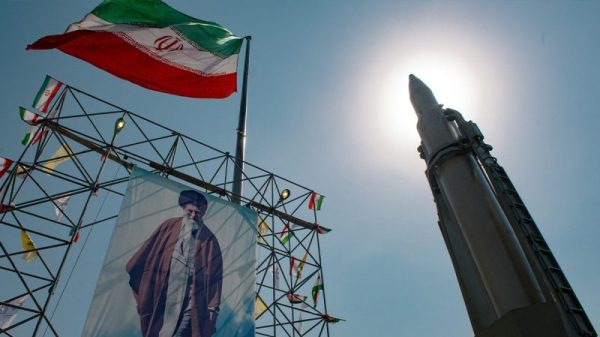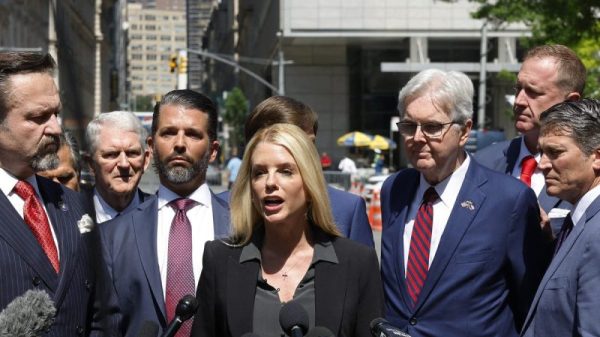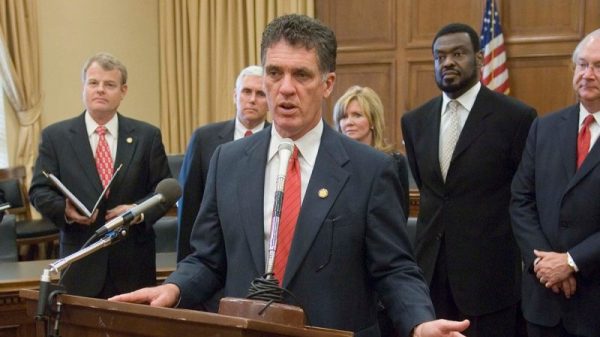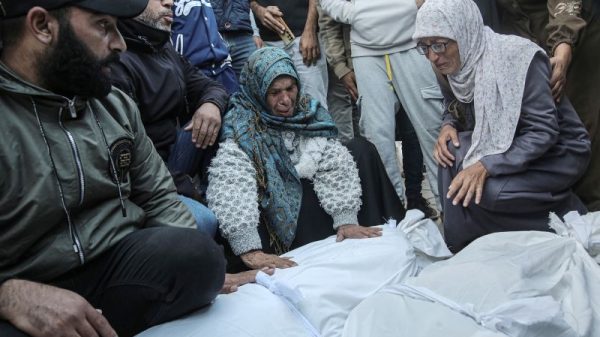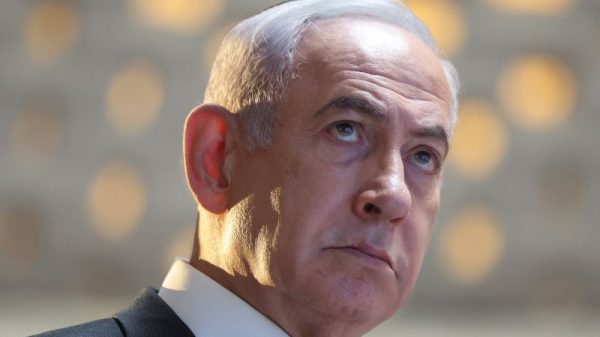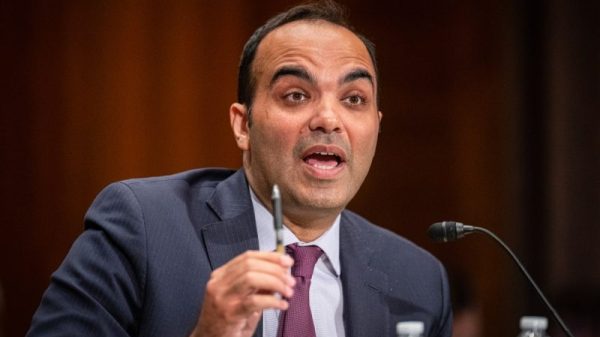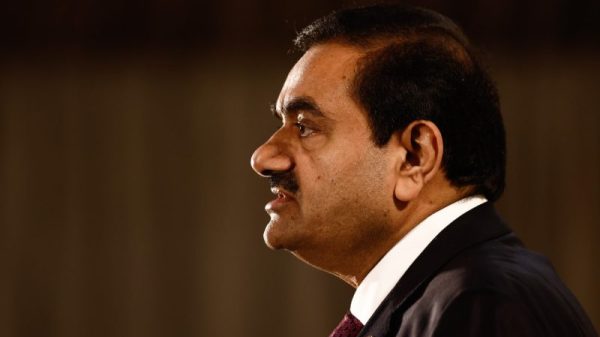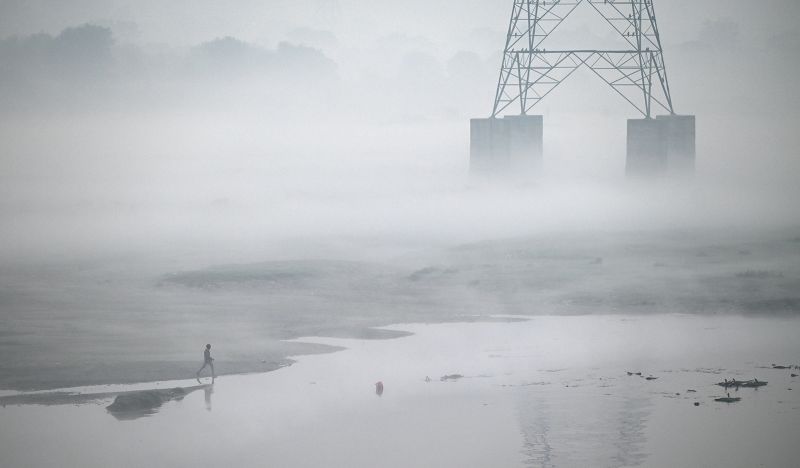Thick, toxic smog has once again enveloped northern India and eastern Pakistan just days before the start of Diwali, a Hindu festival typically celebrated with fireworks that each year sends air quality plummeting.
The air quality index in the Indian capital of Delhi was roughly 250 on Monday morning, after days in the “very unhealthy” zone above 200, according to IQAir, which tracks global air quality.
In the Pakistani city of Lahore, roughly 25 kilometers (15 miles) from the Indian border, air quality surpassed a “hazardous” 500 on Monday – almost 65 times the World Health Organization’s guidelines for healthy air – making it the most polluted city in the world at the time of the ranking, according to IQAir.
Air quality across the region is set to worsen as winter smog season approaches, when an ominous yellow haze blankets the skies due to farmers burning agricultural waste, coal-fired power plants, traffic and windless winter days.
Diwali, the Hindu festival of lights, is set to begin Thursday – a five day celebration during which people gather with their families, feast and set off firecrackers, in some cases in defiance of local bans, further exacerbating air pollution.
Dystopian scenes of orange haze and buildings enveloped by fog emerge each year as smog season dominates the news, raising alarm as doctors warn of the risk of respiratory diseases and impacts on life expectancy. India’s air pollution has been found to be so bad, that experts have warned smog could take years off the lives of hundreds of millions of people.
Residents and experts have long questioned why India has failed to curb air pollution, as Delhi and its neighboring states butt heads over who is really to blame.
Delhi had banned the use and sale of firecrackers ahead of Diwali, but the policy has been difficult to implement.
Last week, India’s Supreme Court condemned governments of the Punjab and Haryana states for failing to crack down on illegal stubble burning, the practice whereby farmers set crop waste on fire to clear fields. Local officials claim they have reduced the practice significantly in recent years.
The Indian government also launched its nationwide Clean Air Programme in 2019, ushering in strategies across 24 states and union territories to reduce particulate matter concentration, a term for air pollutants, by 40% by 2026. The measures include cracking down on coal-based power plants, setting up air monitoring systems and banning burning of biomass.
Officials have also begun sprinkling water on roads and even inducing artificial rainfall to combat air pollution in the Indian capital, though experts say these are band-aid solutions that fail to address the underlying issues.
Some Indian cities have seen improvements in their air quality, according to government data, but progress has been slow.
Between 2018 and 2022, New Delhi’s average PM2.5 concentration (a measure of pollutants in the air) for the month of November, when the pollution season typically begins, more or less stayed the same, according to IQAir.
Experts in the past have questioned whether India has the political will to combat pollution.

